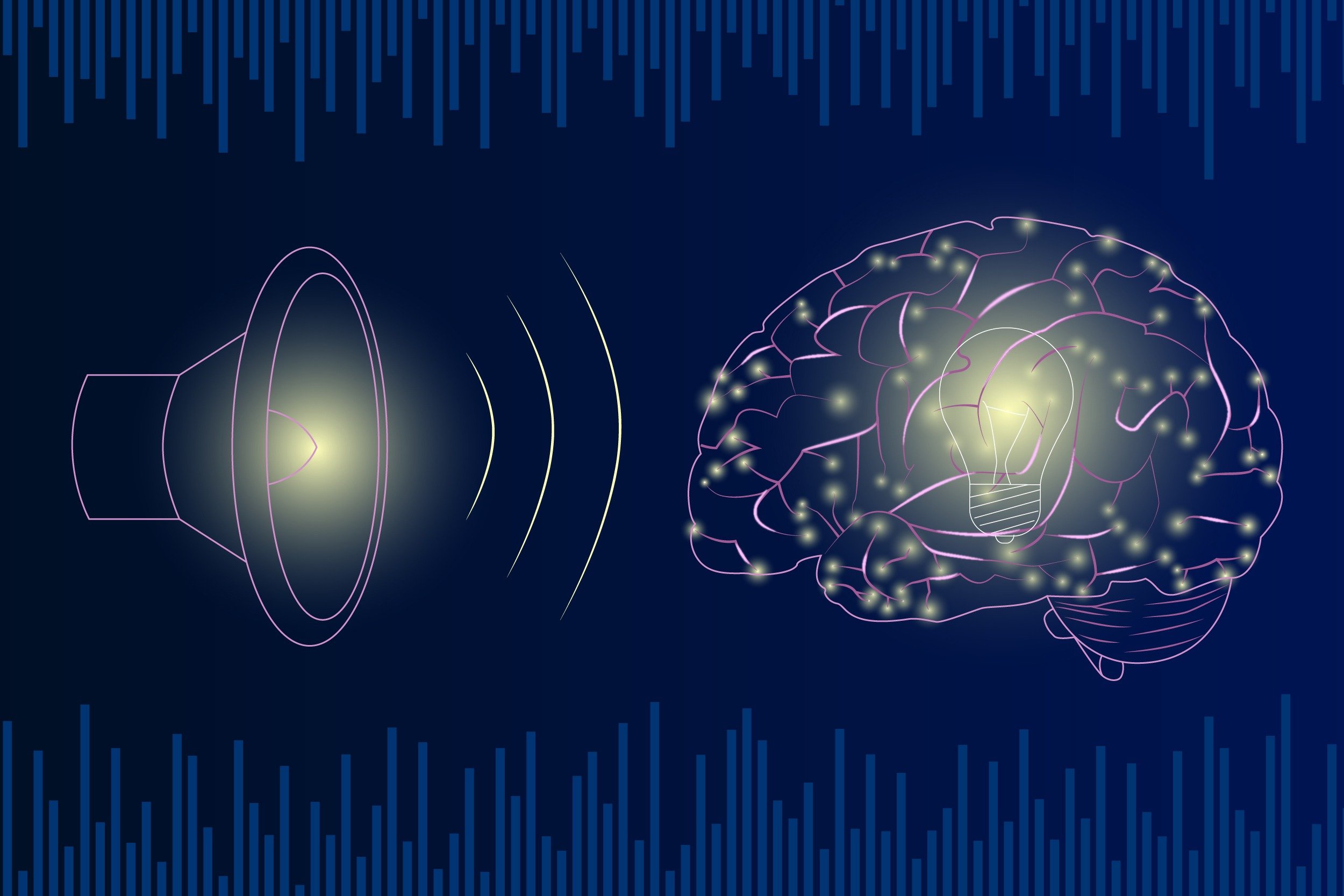Researchers at Johns Hopkins University have identified key brain regions involved in associating sounds with specific behaviors. Published in Cell Reports, the new study offers insight into how the brain’s auditory cortex processes sound-related learning, advancing our understanding of how we process acoustic information.
“We were able to reveal the role of specific auditory cortex regions that are recruited during learning, and capture changes that occur when we learn that a particular sound is important,” said Patrick Kanold, a professor of biomedical engineering at Johns Hopkins University who led the new study with graduate student Mingxuan Wang. “Understanding these brain changes is important because it could potentially lead to improved treatments for those with certain learning differences.”
When you hear a doorbell ring or a car horn honk, it’s second nature to answer the door or move your car in response. For people with auditory processing disorders—conditions in which the brain does not understand certain sounds in a typical way—a doorbell or car horn may not trigger such responses.
Researchers know that sound processing occurs in the auditory cortex, located in the brain’s temporal lobe. What isn’t as clear is the role different subregions of the auditory cortex play in information processing, said Kanold. In this study, Kanold, Wang, and Peter Jendrichovsky, a postdoctoral researcher, aimed to find out how these various brain regions change as we learn to associate sounds with particular tasks.
“We examined all neural activity in the auditory cortex while simultaneously investigating whether important sounds are processed in different areas or in a different manner than other sounds. Additionally, we wanted to determine if learning new important sounds involves rewiring of the entire auditory cortex or if only specific areas were involved in learning,” said Kanold.
To answer these questions, the researchers devised an experimental setup involving mice learning to perform a simple task: deciding to turn a wheel clockwise or counterclockwise, depending on different sound prompts. The mice were left in their cages and could perform the learning task when they wanted, which allowed the researchers to study their brain processes in a more naturalistic learning environment, said Wang.
The cages also were equipped with a training system that automatically recorded the mice’s brain activity whenever they performed the wheel-turning task. Simultaneously, an imaging system captured auditory cortex changes as the mice learned to master the task over time.
“The integrated training and imaging system allowed us to obtain a massive dataset for our study. We were able to longitudinally track the brain activities over the whole learning process, which also enabled us to capture transient changes during learning that appear and disappear quickly,” said Wang.
With the large amount of imaging data acquired, the team used deep learning models to decode the rodents’ brain activity and see which areas changed with learning. They discovered that the auditory cortex has specialized subregions that are recruited during learning and encode different types of information such as the characteristics of the sound stimuli or the subject’s behavioral choices.
Furthermore, they found that the connectivity of different regions increases during the learning process.
Overall, the results are promising; the researchers say that understanding exactly where changes in the brain associated with learning take place could enable scientists to enhance the sensorimotor learning process, determine why learning is abnormal, and potentially design treatments to address these abnormalities.
“One possible way to achieve such goals is with interventions that stimulate these brain areas. Now that we know the specific auditory regions that are recruited during learning, we can exploit this knowledge and develop novel rehabilitation strategies to rewire the brain in a beneficial way. One of our next steps is to use holographic photo-stimulation to manipulate the brain circuits at a single-neuron level,” said Wang.
The researchers are now interested in looking more closely at the specific layers and specific cell types of the auditory cortex to understand these learning-induced changes on a network level.
“Now that we’ve seen these changes happening, we can start to ask more questions about how the changes are induced and coordinated to facilitate learning. We are also very interested now to see how these changes happen in animal models of neurological disorders and aging,” said Kanold.

